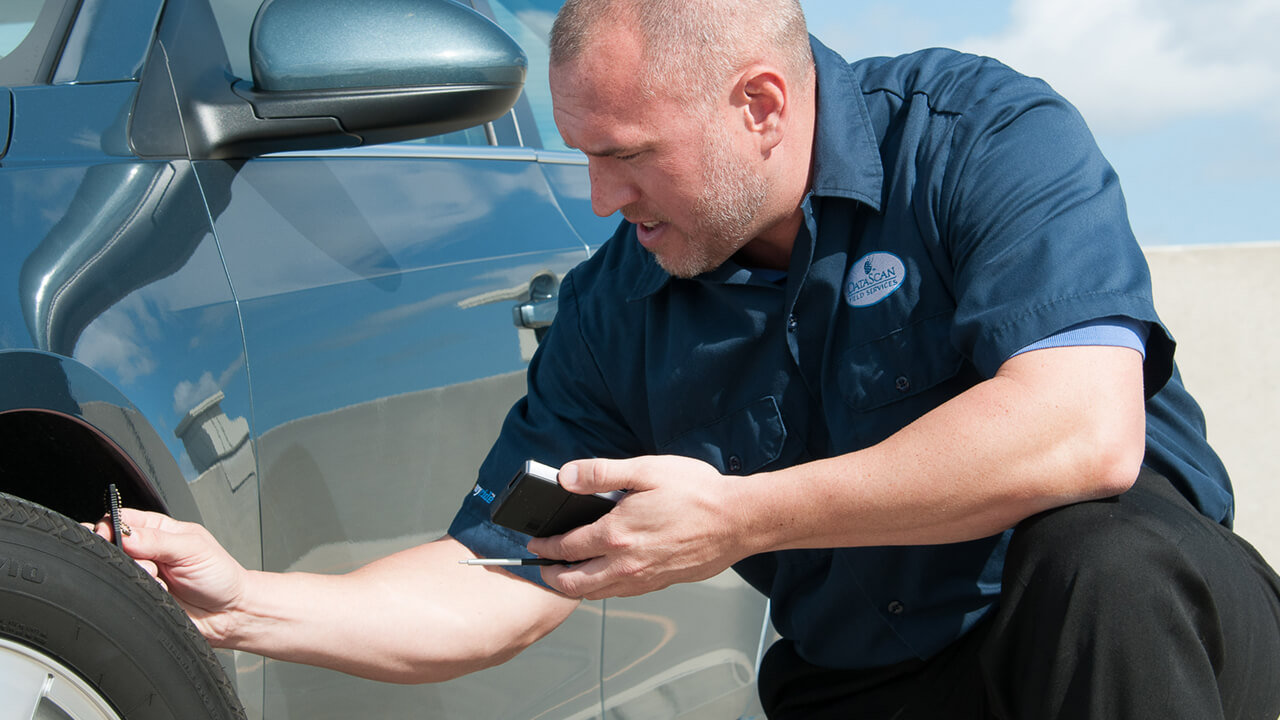When it comes to the last few months of your lease, we want to make sure your transition is as simple and smooth as possible. In addition to your Lease-End Options and the resources found in the Vehicle Return Timeline, let’s take a closer look at the complimentary lease-end inspection that is offered to all customers.
Around 45 to 60 days before the end of your lease, a representative from our inspection partner, AutoVIN, will contact you to schedule your comprehensive vehicle inspection. You also have the option to schedule your inspection by calling 1-800-556-2811. Considering your personal schedule, you’ll be able to schedule the inspection at the location that’s most convenient for you: at your home, office, or even at the dealership where you leased your vehicle.
What does a lease-end inspection include?
Rest assured that your Southeast Toyota Finance lease takes your active lifestyle into consideration, and a normal amount of vehicle wear is expected. What inspectors are looking for is anything beyond what is considered normal wear and tear – for example, things like large dents, long or deep scratches, chips in the glass, interior stains, or poor tire conditions. To learn more about the difference between normal and excess wear and use, please see this resource.
How a lease-end inspection benefits you
Wondering why you need an inspection before you turn in your vehicle? Here are just three reasons why you should take advantage of this complimentary service:
Inspections help you avoid surprises
Lease-end inspections are offered so that you’re informed and can make the best decision regarding your lease. For example, let’s say that your vehicle has some damage that is considered to be outside of normal wear (as we mentioned at the start, this is called excess wear and use), but you skip the inspection and turn in your vehicle to the dealership at the end of your lease. A few weeks later, you receive your final bill in the mail, and are shocked to see charges there for the cost of repairing the damage.
On the other hand, if you had completed the lease inspection, you would know about the excess wear and the cost to repair the damage while you still have time to make the best decision regarding your vehicle.

Take informed steps based on your inspection results
Speaking of making the best decision for your lease, based on your inspection results you’ll be able to make an educated choice about which lease-end option is best for you. If your vehicle has excess wear, you can choose between repairing the damage before turning in your vehicle, turning in your vehicle with the damage and then be billed for the repairs, or if the cost to repair the excess wear damages is significant, you could choose to purchase your vehicle at the end of your lease.
Plan for any expenses
Let's say that your inspection shows some excess wear items that you’ll be charged for. By scheduling your inspection a few weeks prior to turning in your lease, this gives you some time to budget for these expenses and plan your finances in advance. If you turn in the vehicle and then receive a final bill in the mail for any excess wear charges, you have less time to plan for any extra costs.
Tips to prepare for your lease-end inspection
Remove personal belongings
You can help speed up the inspection process by removing your belongings from the vehicle before the inspector arrives. Large items like car seats are obvious to remove, but also make sure to clean out your smaller items like clothing, sunglasses, umbrellas, and so forth, so that the inspector can easily view the interior condition of your car.
Clean your vehicle before inspection
The idea here is simple: you want to present the best version of your vehicle! Cleaning applies to both the interior and exterior of your vehicle before the lease-end inspection. On the exterior, you want to remove any dirt, smudges, brake grease on the wheel covers, and so on, that make it hard to see the true condition of your vehicle. On the inside, make sure that you tidy up by throwing out any garbage like food wrappers, old receipts, and anything else that doesn’t belong. Then, take a few minutes to vacuum out any dirt or other debris.

Return any original equipment
Before your inspection, make sure all of the vehicle’s original items are present. This includes but is not limited to things like the original headrests, the 3rd row seat (if applicable), the spare tire, Owner’s Manual, and so on. Let the inspector see if everything you drove home with on day one is still accounted for in the last days of your lease term.
Here’s a helpful hint for the day you turn in your lease: remember to return both of your vehicle’s keys! The most common excess wear and use charge among Southeast Toyota Finance customers is for those who forget to return their extra key.
Give the inspector space to work
This last one is simple, but it’s worth sharing: park your vehicle in a space where it’s easy for the inspector to circle all sides of your vehicle and have plenty of space to open all the doors – including the rear liftgate, if applicable.

